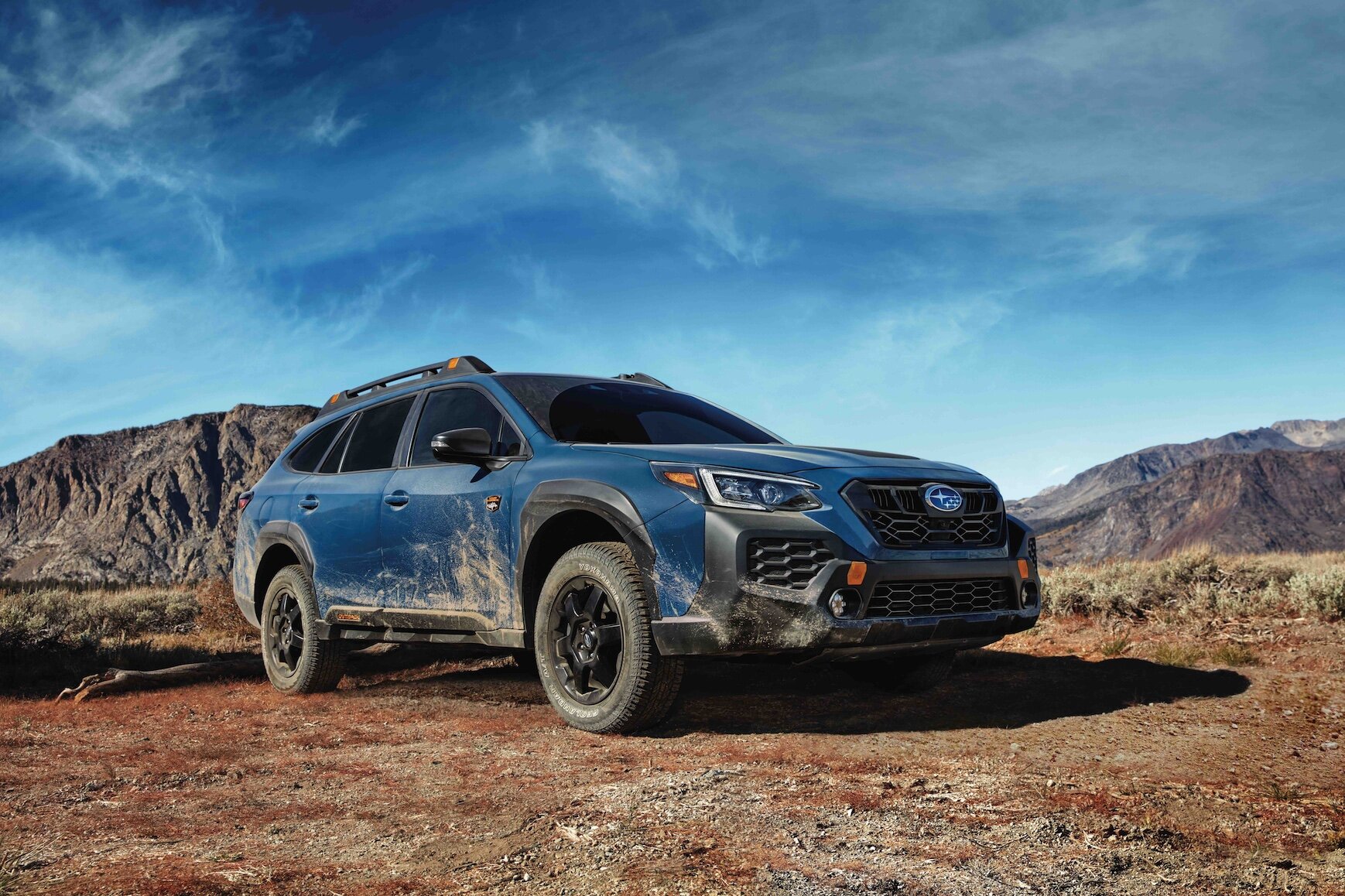Living With the 2024 Toyota RAV4: A Familiar Face, Sharpened
Some vehicles slip quietly into the background of American life; the Toyota RAV4 is one of them. For 2024, it’s not here to upend expectations but to reinforce why it’s the best-selling non-pickup in the U.S. You see them everywhere, from Whole Foods parking lots to dusty trailheads outside Denver. This is the kind of car you buy when you want no drama—just reliability and a dash of everyday comfort. But after spending a week with the latest RAV4 in and around Detroit’s pothole-ridden streets and suburban highways, I found there’s still plenty to talk about.
The Specs Sheet: Everything You Need, Nothing Wild
Toyota keeps things conservative under the hood. Every non-hybrid 2024 RAV4 comes with a naturally aspirated 2.5-liter four-cylinder, making 203 horsepower and 184 lb-ft of torque. It pairs with an eight-speed automatic transmission that’s more about smoothness than speed. All-wheel drive is available on most trims, front-wheel drive on others. EPA fuel economy is an impressive 27 mpg city/35 mpg highway (FWD), dipping slightly with AWD.
For those seeking even better mileage, there’s the RAV4 Hybrid (up to 41 mpg combined), and the plug-in RAV4 Prime—a rocket in sheep’s clothing with 302 total system horsepower and a legitimate EV-only range (officially rated at 42 miles). But let’s focus here on the standard model, which outsells its electrified siblings by a wide margin.
The RAV4 sits squarely in the compact SUV segment, measuring 180.9 inches long on a 105.9-inch wheelbase. That puts it right up against heavyweights like the Honda CR-V, Ford Escape, Mazda CX-5, Hyundai Tucson, and Subaru Forester.
Stepping Inside: Where Buttons Meet Big Screens
First impression? The cabin feels durable—maybe not plush—but Toyota’s latest design language brings some modern touches. Soft-touch materials blend with hard plastics along high-wear areas; door panels are textured just enough to break up monotony. The climate knobs have a tactile rubberized finish that feels satisfying to grip on cold mornings in Michigan.
Most trims get an 8-inch touchscreen (a crisp 10.5-inch unit appears higher up), running Toyota’s latest infotainment software. It loads quickly and finally supports wireless Apple CarPlay and Android Auto—something the previous system couldn’t manage without a cable dance. Physical buttons remain for climate controls (thank you, Toyota), and there are actual volume and tuning knobs.
The driver’s seat offers plenty of adjustment even for taller folks (I’m just over six feet). The rear seatbacks recline—a thoughtful touch that makes long rides less punishing for passengers. Cargo room is generous at 37.6 cubic feet behind the rear seats; fold them down and you’ll get over 69 cubic feet, making it one of the more practical options in this class.
On the Road: Calm and Collected, If Not Thrilling
Let’s be honest: No one buys a RAV4 expecting sports car theatrics. The engine note is muted until you really prod it—then it gets gruff but never frantic. Around town, acceleration feels perfectly adequate; merging onto I-75 takes a bit of planning but never feels dicey. The eight-speed automatic shuffles gears unobtrusively, though it can hesitate on quick downshifts if you’re demanding sudden power.
Steering is light but precise—not as connected as Mazda’s CX-5 but confidence-inspiring enough for city traffic or light trail duty. There’s a touch of body roll in corners, though less than you’d expect given its tall stance. Ride quality stands out: The suspension soaks up broken pavement with just enough firmness to avoid floatiness but not so much that you’ll spill your morning coffee on those infamous Detroit craters.
Wind noise is modest up to highway speeds; tire roar depends on trim (the Adventure model’s all-terrain rubber is noticeably louder than an XLE or Limited). Compared to rivals like the CR-V or Tucson, the RAV4 feels quieter overall—though not as whisper-silent as a Subaru Forester at cruising speed.
Features That Matter: Safety, Tech, and Everyday Conveniences
Toyota continues its streak of including standard active-safety gear across all trims—every RAV4 gets adaptive cruise control, lane-keeping assist, automatic emergency braking with pedestrian detection, and blind-spot monitoring (the last on all but base LE). There’s also rear cross-traffic alert and available surround-view cameras for tighter parking situations.
Wireless charging pads are included on higher trims; lower ones stick to USB ports (at least there are plenty). Dual-zone climate control becomes standard as you climb the ladder. The available JBL audio system won’t win any audiophile awards but delivers solid punch for podcasts or Spotify sessions.
The panoramic sunroof floods the cabin with light—a nice touch on Michigan’s gray winter days—but does eat into headroom slightly if you’re over six feet tall wearing a hat (ask me how I know).
Cost of Ownership: Wallet-Friendly… Mostly
The RAV4 has built its reputation on low running costs—and that continues in 2024. Routine maintenance is affordable thanks to ToyotaCare covering two years/25,000 miles of basic service. Insurance rates are average for this segment; depreciation has historically been gentle compared to Ford or Hyundai rivals.
One caveat: Recent supply chain pressures have nudged transaction prices above MSRP at some dealers—something shoppers should watch for as inventory levels normalize through late 2024.
How Does It Stack Up? Rivals in the Rearview
Sizing up competitors reveals where the RAV4 shines—and where it lags behind:
Mazda CX-5: More engaging steering feel and upscale interior materials, but less cargo space and no hybrid option.
Honda CR-V: Smoother turbocharged engine, more rear legroom; styling is less adventurous than Toyota’s bolder Adventure or TRD Off-Road models.
Subaru Forester: Quieter at highway speeds and standard AWD; engine performance lags behind Toyota’s four-cylinder.
Hyundai Tucson: Slicker tech interface and longer warranty coverage; real-world fuel economy can trail Toyota’s numbers depending on configuration.
The RAV4 isn’t the sportiest nor fanciest in its class—but it splits the difference between value, reliability, and capability better than most competitors.
The Nitty-Gritty: Pros and Cons (with Some Color)
Pros:
Bombproof reliability record
Sensible controls—no hunting through menus just to turn up fan speed
Spacious cargo area that swallows everything from strollers to Costco hauls
Standard active-safety gear across all trims
Cons:
Noisy engine under hard acceleration
Certain trim levels feel plasticky inside for $35K+
Tough dealer markups at time of writing
The Verdict: Still America’s Default SUV?
Fifteen years ago I would have called this car boring—and maybe I did in print once or twice. But after watching countless family members and friends rack up trouble-free miles (and more than a few Uber drivers swear by their high-mileage RAV4s), it’s clear why this crossover remains a default choice for so many Americans.
If you want something that blends into daily life without fuss—one that starts every morning regardless of polar vortexes or summer heat waves—the 2024 Toyota RAV4 is hard to fault. It may not quicken your pulse like a turbocharged Escape or pamper like an upper-trim CX-5, but sometimes peace of mind is worth more than flash or flair.
If I had to sum up my week behind the wheel? The new RAV4 delivers exactly what buyers want: practicality first, headaches last—and just enough style not to get lost in the Target parking lot.


